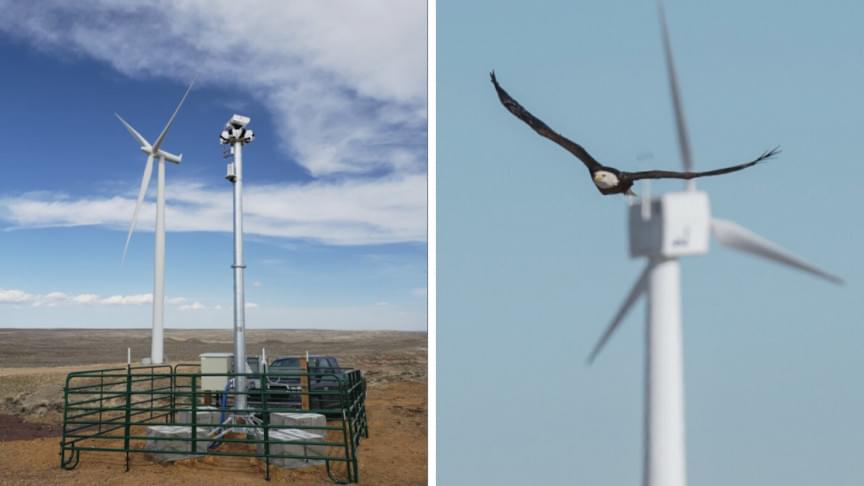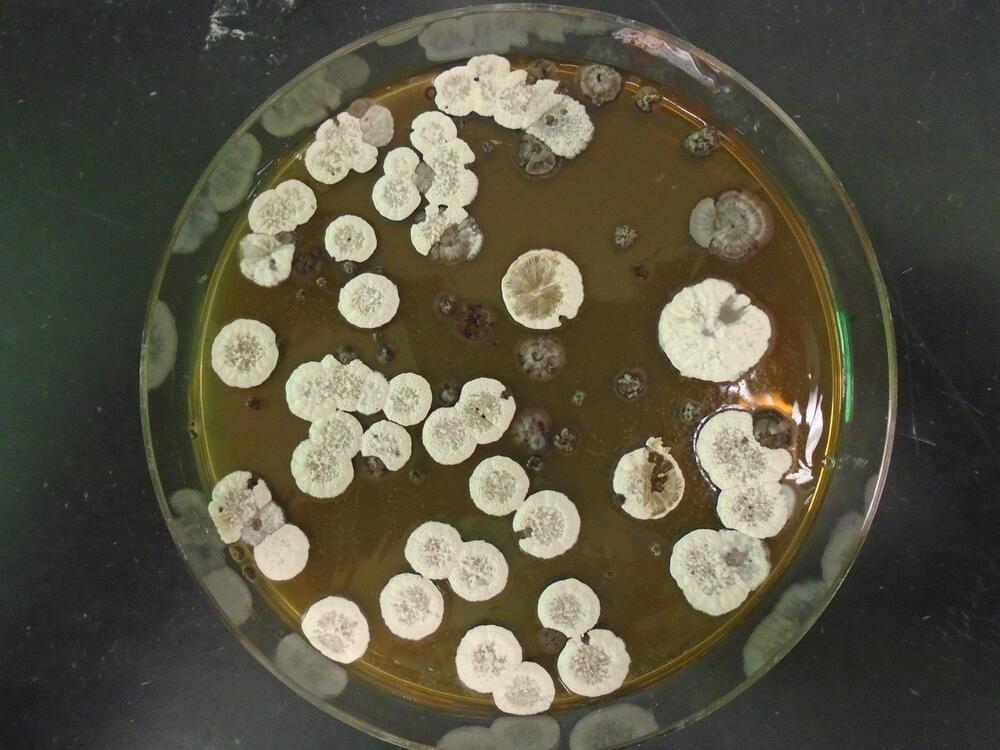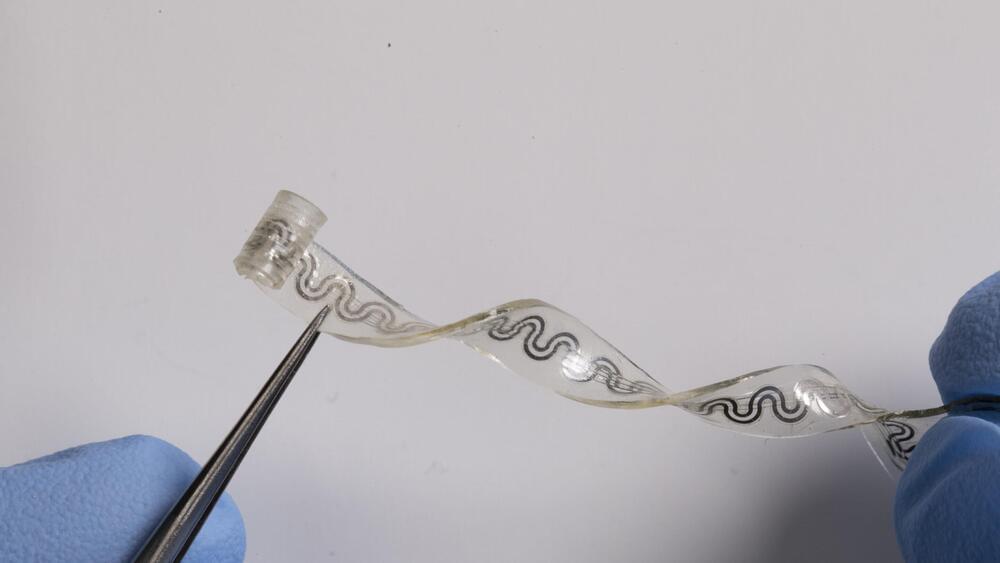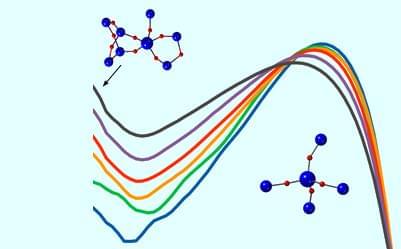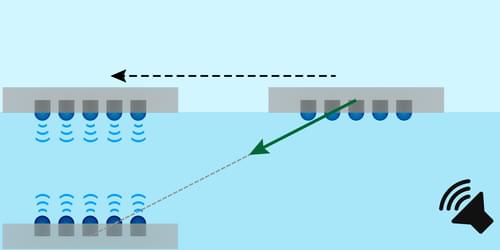Jul 1, 2022
This Energy Is Floating All Around Space. Can We Harness it?
Posted by Dan Breeden in categories: energy, space
Space is a deep, dark, vast abyss that exists between the cosmos, separating them from each other. But is it truly as empty as we think it is? Or is the vacuum that spans everywhere hiding something from us? Something mysterious, and perhaps the most powerful source of energy?
Zero-point energy, also known as vacuum energy, has been touted as a potentially limitless and ubiquitous source of energy, if one could only find the means to harness it.
Continue reading “This Energy Is Floating All Around Space. Can We Harness it?” »

